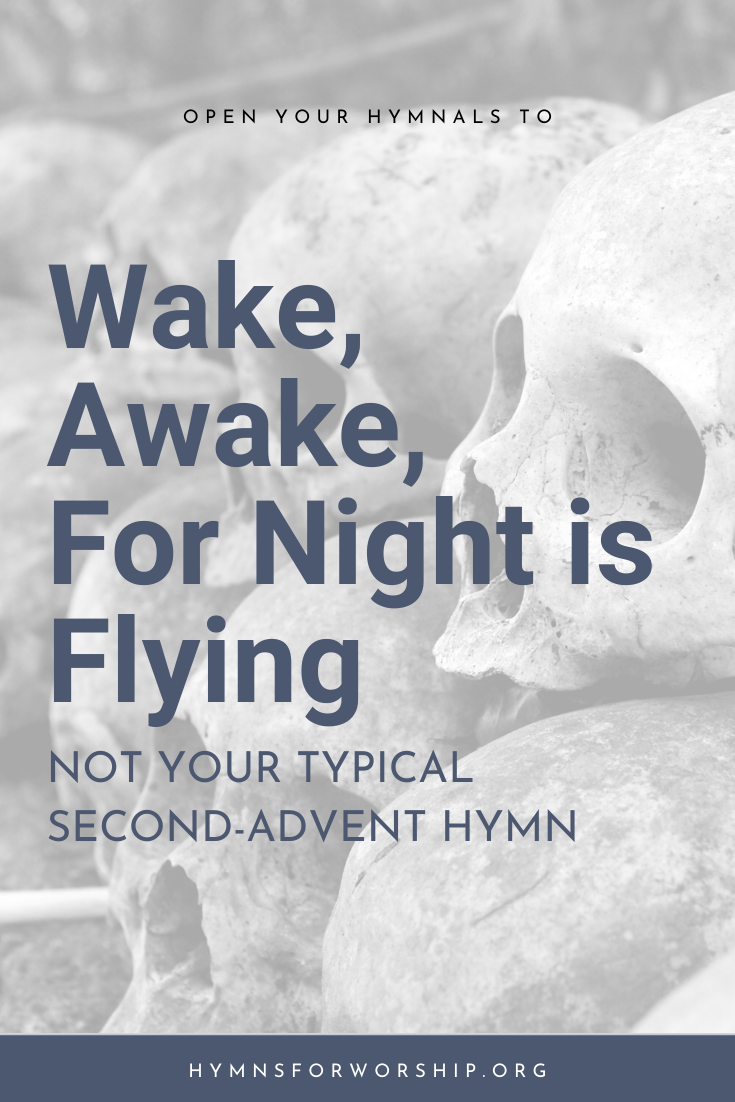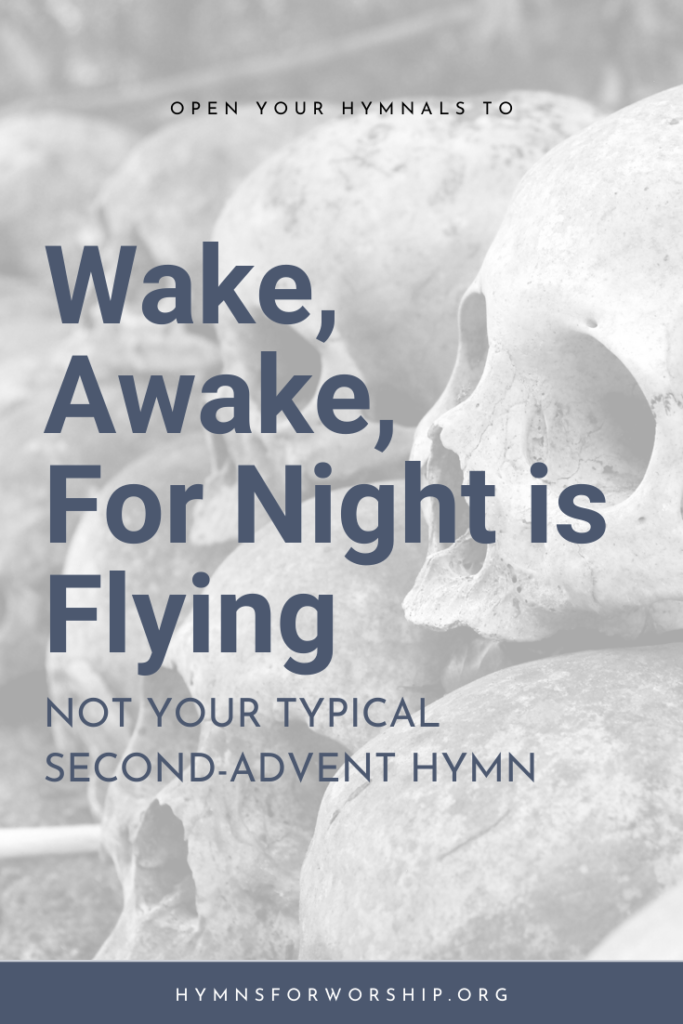
A strange plague swept across Europe resulting in deaths of an estimated 25 million people. London, Florence, Venice, and Avignon took a hard hit as the viral plague, which came to be known as “The Black Death,” ravaged the cities. German cities were not hit as hard if compared to the death tolls of other European countries. But still, the number was upsetting.
Frankfurt – 2,000 (just during the first 72 days of the plague arriving)
Mainz – 6,000
Munster – 11,000
Erfurt -12,000
And the list goes on.
While the little towns and villages had a lesser mortality rate, they were not totally unscathed. In a small town of Unna in Westphalia of northwestern Germany, more than 1,400 had already died. The local Lutheran preacher would occasionally officiate in about 30 funerals a day.
Face to face with the grim reality of death, this pastor tried to cope by lifting his thoughts above the gloom. His mind looked forward to that time when Christ will come and will give His people the gift of everlasting life. Death, then, will no longer have any hold on man.
Two years later, he wrote a hymn borne out of this experience.
Philipp Nicolai
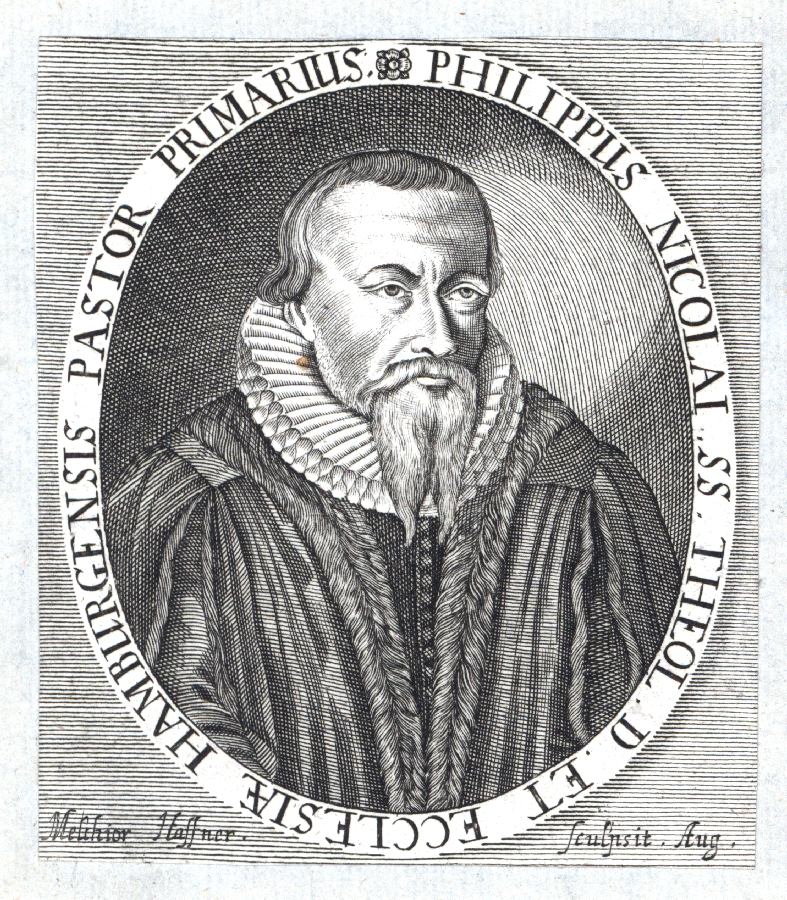
While many hymn writers gain popularity through their prolificacy, Nicolai’s claim to fame securely rests on the writing of two unforgettable hymns: “Wachet auf, rift runs die Stimme” and “Wie schon leuchtet der Morgenstern”
These hymns, however take a backseat in Nicolai’s extensive resume. If you would ask any theologian acquainted with him during his lifetime, they would tell you that more than anything, Nicolai was a saint. One historian described him to be a “Christian mystic of the profoundest sort, a devotional writer with a perennial appeal…and a dedicated pastor.”
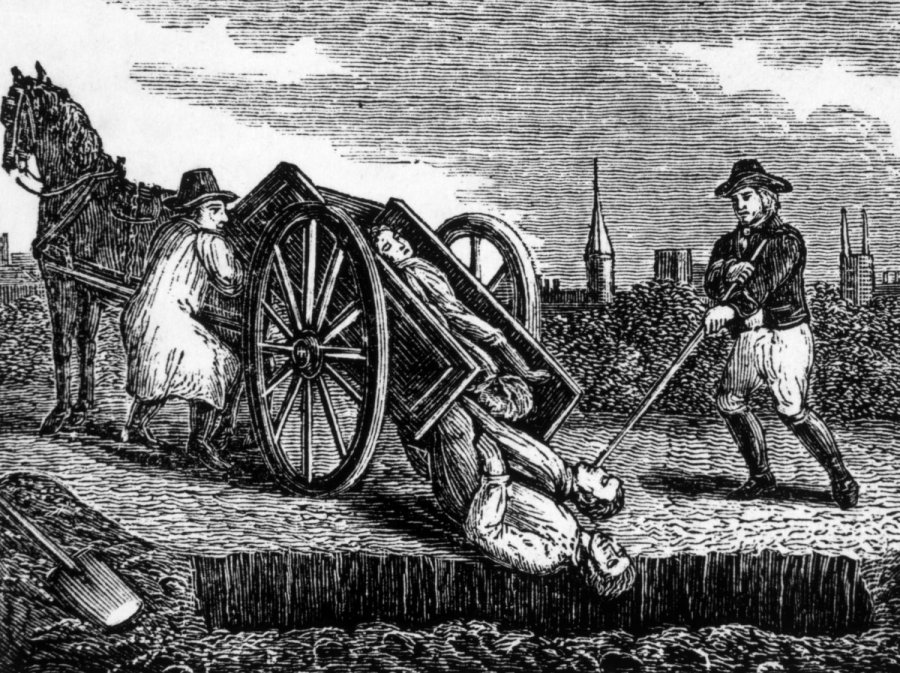
His enemies do not mince words about him tho. In their eyes, he was a “miserable person who goes thrashing around and biting like another wild boar, altogether without reason or Christian modesty.” But this only reveals the fact that Nicolai was a zealous and ardent crusader of truth, if need be.
Nicolai was known to have spent his life passionately opposing the Reformed and Roman Catholic religions. One only needs to read the title of his published polemical works to see how much he revolted their ways and beliefs. Many times, his writings caused scandals, yet he was not afraid to defend himself and the beliefs in which he stood for.
When the pestilence ravaged the small town of Unna, Nicolai withdrew from all his polemical activities. He gave himself over completely to caring for his people.
As a result of this experience, he wrote a hymn that reflected on the coming of Christ. But was it really about that?
The coming of the Bridegroom is not a symbol for the second coming of Christ
The three-stanza hymn begins on that critical moment at midnight when the sleeping virgins heard the cry that the bridegroom is finally coming and that they are to go out to meet him.
Wake, awake, for night is flying,
The watchmen on the heights are crying,
Awake, Jerusalem, arise!….
Rise up with willing feet
Go forth, the Bridegroom meet; Alleluia!
Bear through the night your well-trimmed light,
Speed forth to join the marriage rite.
This parable is a familiar symbology among Christians. Generally, it is believed that the coming of the Bridegroom typifies the second coming of Christ. However, Seventh-day Adventists have a different application of the parable. The Bridegroom’s coming did not mean His second return on earth, but rather, His coming into the most holy place of the heavenly sanctuary.
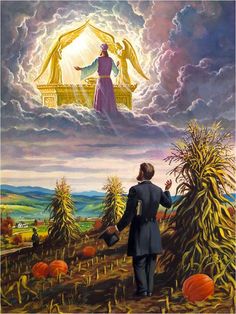
In the book Christ in His Sanctuary, Ellen White offers a more detailed explanation of this verse:
“The proclamation, ‘Behold, the Bridegroom cometh,’ in the summer of 1844, led thousands to expect the immediate advent of the Lord. At the appointed time the Bridegroom came, not to the earth, as the people expected, but to the Ancient of Days in heaven, to the marriage, the reception of His kingdom. “They that were ready went in with Him to the marriage: and the door was shut.” They were not to be present in person at the marriage; for it takes place in heaven, while they are upon the earth. The followers of Christ are to “wait for their Lord, when He will return from the wedding.” Luke 12:36. But they are to understand His work, and to follow Him by faith as He goes in before God. It is in this sense that they are said to go in to the marriage.”
Recommended Reading:
“Prophecies Fulfilled,” Chapter 22 of the book, The Great Controversy
“Our High Priest in the Holy of Holies,” Chapter 9 of the book, Christ in His Sanctuary
When Christ leaves the second apartment, a series of events will take place, then finally Christ will come to take His children home. Then and only then can we apply the second and third stanza of Nicolai’s hymn to the marriage supper that takes place in heaven.
…We stand, and swell the voice of thunder,
That echoes round Thy dazzling throne.
No vision ever brought,
No ear hath ever caught,
Such bliss and joy;
We raise the song, we swell the throng,
To praise Thee ages all along.
Thankfully, Catherine Winkworth has translated this hymn to English so we can enjoy the richness of this German hymn.
Related Post: Learn to sing this hymn — SDAH 210
In the hands of Bach, Bach and Mendelssohn
Another amazing thing is that this simple Lutheran hymn transcended beyond its scope in worship and liturgy. Nicolai, who wrote both the text and tune of “Wachet auf,” did not imagine that he would inspire great composers in the next centuries.
Johann Sebastian Bach, one of the greatest composers of all time, turned this simple chorale into a stunning work of high musical art, a chorale cantata. I will spare you the details of how Bach did that because there are already hundreds of musical analysis available online. However, it would be worth noting that with Bach’s efforts, this hymn still remains at the heart of every Lutheran hymnal and worship liturgy.
Related Posts: Other hymns arranged by Johann Sebastian Bach in the SDA Hymnal
SDAH 18: O Morning Star How Fair and Bright
SDAH 57: Now All the Woods Are Sleeping
SDAH 128: Break Forth, O Beauteous Heavenly Light
SDAH 134: O Jesus Sweet
SDAH 156: O Sacred Head Now Wounded
SDAH 239: Jesus, Priceless Treasure
SDAH 345: Christ is the World’s True Light
Watch the videos and listen Bach’s arrangements. See if you can catch the “Wachet auf” tune:
[embedyt] https://www.youtube.com/watch?v=QIHFfuzKYPI[/embedyt]Here’s the organ version of the portion of his cantata.
[embedyt] https://www.youtube.com/watch?v=VSkz3j9b23Y[/embedyt]Johann Christoph Bach, J.S. Bach’s son, was in an era heralding the classical period. His travels to different parts of Europe influenced his composition style which made him vastly different from his father. You’ll know what I mean as you listen to this hymn set into a motet.
Related Post: SDAH 646 — To The Name That Brings Salvation (Composed by Johann Cristoph Bach)
[embedyt] https://www.youtube.com/watch?v=gCl-Uf7KPrk[/embedyt]Felix Mendelssohn, who was the main instigator for reviving J.S. Bach’s works in the 19th century, also made sure he had his signature mark on this hymn. I love the grandiosity and antiphonal parts between the brass and choir. It was not a stand-alone piece tho because Mendelssohn incorporated it in his oratorio, St. Paul.
Related Posts: Other hymns in the SDA Hymnal composed or arranged by Felix Mendelssohn
SDAH 122: Hark! the Herald Angels Sing
SDAH 498: Still, Still With Thee
SDAH 666: Cast Thy Burden Upon the Lord
SDAH 693: Almighty Father
Like this article? Share it!

